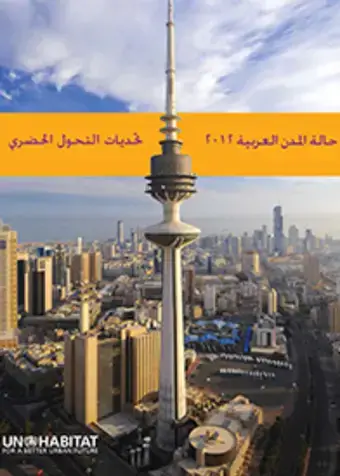 UN-Habitat, the United Nations city agency, has been engaged with the Arab States region for over 30 years and over this period, UN-Habitat has expanded its operation to more than 10 countries in the region.
UN-Habitat, the United Nations city agency, has been engaged with the Arab States region for over 30 years and over this period, UN-Habitat has expanded its operation to more than 10 countries in the region.
This brochure presents an overview of UN-Habitat's engagement in the region, reflecting in what was achieved, how it was achieved, how it was made possible, and what lies ahead especially in these times of change.
